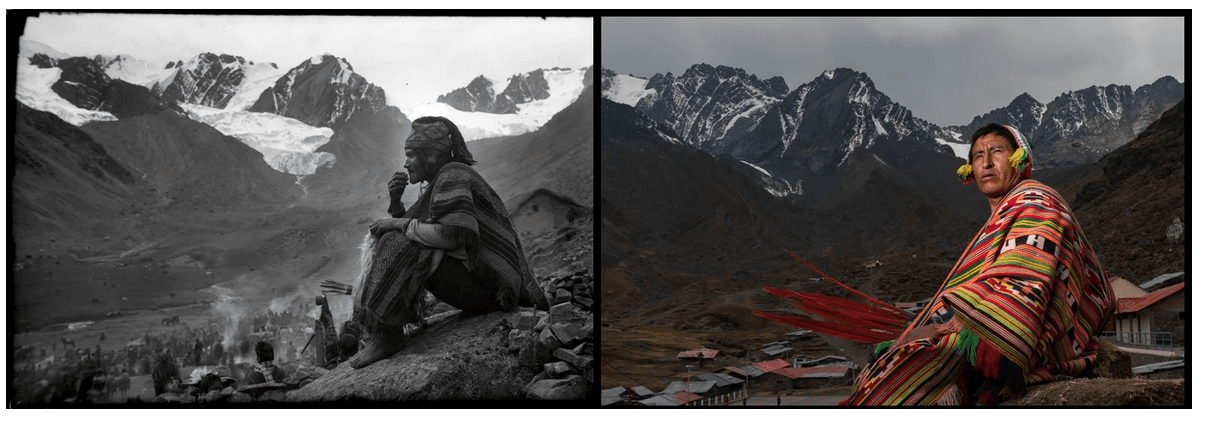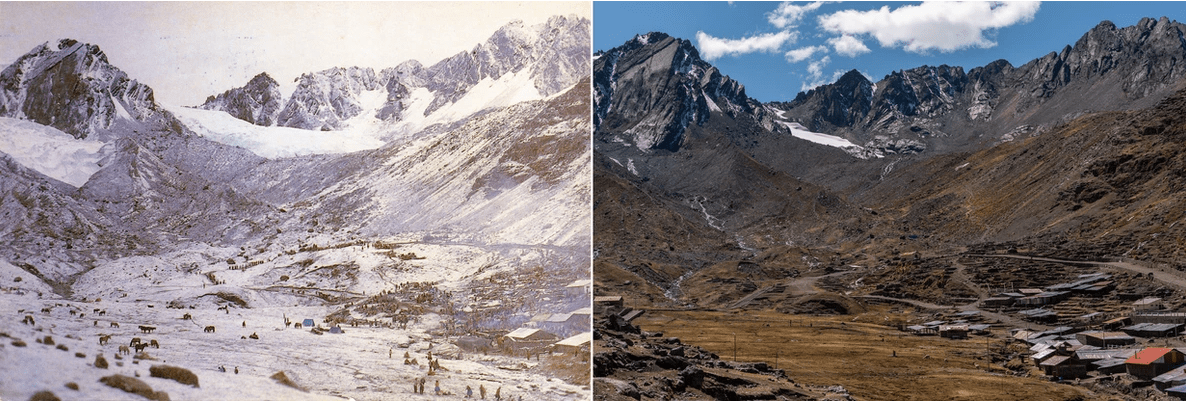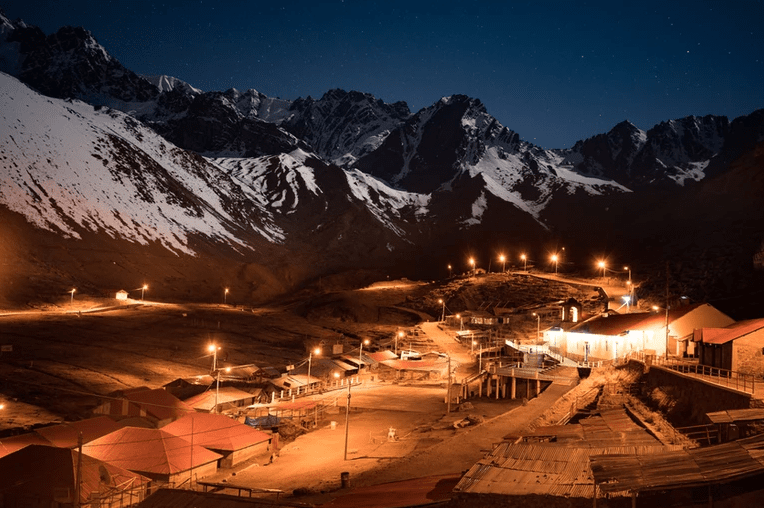
Watching a glacier die is like watching your mother die
Armando Vega was born in Costa Rica, Sinaloa, Mexico. His grandfather was a farmer and he divided his time between playing hide and seek among the mango, lemon, and tamarind trees and watching documentaries. He imagined himself “in the bushes”, hiding from lions and photographing.
Today he is a civil engineer, documentary photographer, and National Geographic explorer. He seeks to understand the relationship we have with nature and asks questions such as what is the spiritual cost of climate change. “Knowing that the glacier is disappearing is like knowing that my mother has cancer,” they told her in an interview. He focuses his work on trying to show the efforts that many make to preserve our habitat.
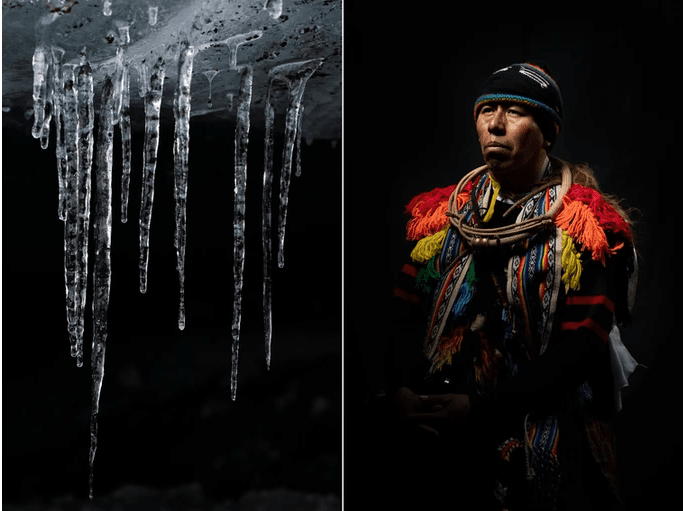
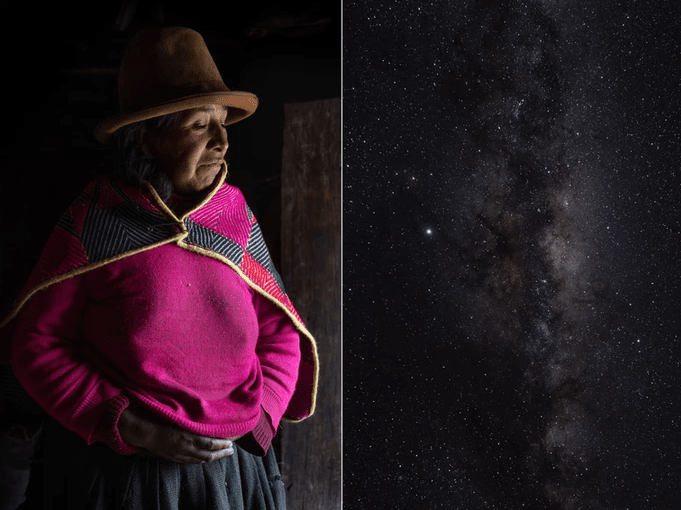
How do you think about this new moment in your career?
We are at a watershed, a very critical stage for the environment. I decided to analyze my photography and what I was accomplishing with it. Although the fact of being in a community, witnessing ceremonies, parties and customs is very valid, I was not seeing an impact on my image. I have always cared a lot about nature, the environment, animals, and I saw it necessary to take that step.
I’m working with another explorer friend named Antonio de la Torre, on the one hand, looking for jaguars. On the other hand, landing conservation programs. Not only placing camera traps to see the populations in the jungles but also implementing programs to work with ranchers, since normally the conflict between wildlife and human contact is livestock.
The jaguars eat the cows or the goats, and the ranchers use the lethal measure: they kill them. So the fences are being electrified, and the residents are being trained to be “monitors”, so that they operate the cameras. I think it is essential to connect local communities with what surrounds them.
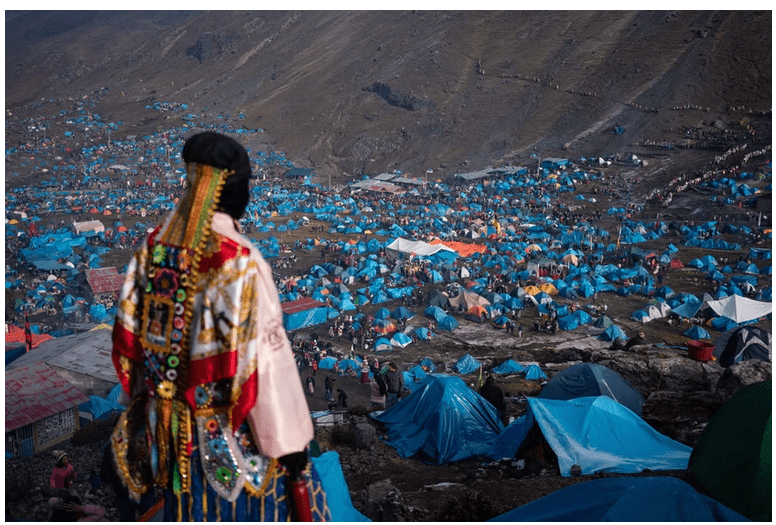
This has to do with your most recent projects, right?
It has a lot to do with Estrella de nieve and my last experience with the Tupungato. I lived in Peru how the Andean communities are suffering from the melting of glaciers. They are sacred to them, they are like gods. It’s like the place where you put your faith is dying and you can’t do anything. It is very great despair.
The project I did in Peru was the biggest challenge I had because I came as a civil engineer, and I went to photograph the impact of climate change on glaciers. That’s when I realized that it was not that simple.
Climate change was shown in how it changed the traditions of Andean origin, daily life, and also how they relate to the environment, a very profound question. Talking about that spiritual impact is very important to me.


I did tons of interviews, some made a comparison: “Hey, knowing that the glacier is disappearing is like knowing that my mother has cancer.” I have been working with an incredible family. She grew up with the stories of her father who spent the night on the glacier, who would take a fragment of that ice (sacred, healing), put it in a bottle, and take it to her house. They used it as an amulet, for healing. The new generations can no longer do it. I put myself in their place, and it is a tremendous void. You excite your son, who is the person you love the most, with stories, but he cannot live it.
While I was interviewing them she asked me how the planet would be today if we all thought that the elements of nature are sacred. If we thought that the river is sacred, we would not litter. Perhaps it is a very idyllic way to appreciate it, but it is a question worth putting on the table.
